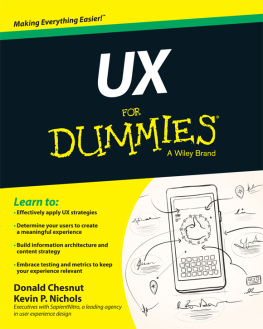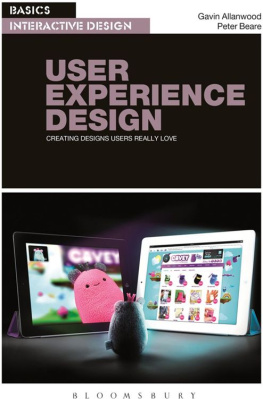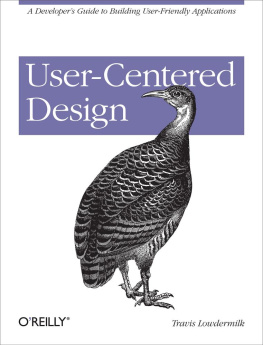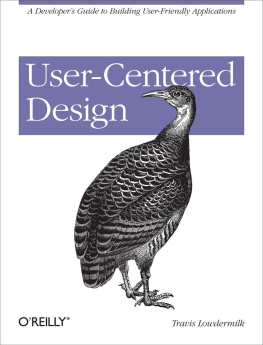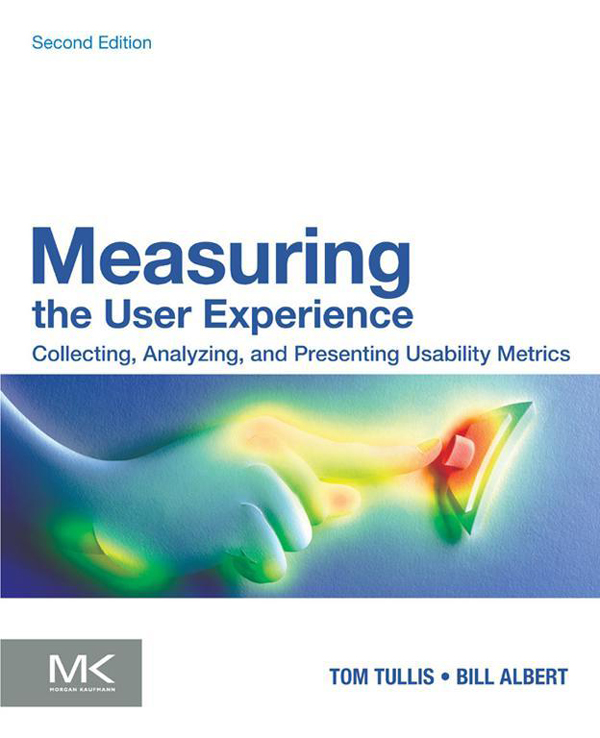Copyright
Acquiring Editor: Meg Dunkerley
Editorial Project Manager: Heather Scherer
Project Manager: Priya Kumaraguruparan
Cover Designers: Greg Harris, Cheryl Tullis
Morgan Kaufmann is an imprint of Elsevier
225 Wyman Street, Waltham, MA, 02451, USA
2013 Published by Elsevier Inc. All rights reserved.
No part of this publication may be reproduced or transmitted in any form or by any means, electronic or mechanical, including photocopying, recording, or any information storage and retrieval system, without permission in writing from the publisher. Details on how to seek permission, further information about the Publishers permissions policies and our arrangements with organizations such as the Copyright Clearance Center and the Copyright Licensing Agency, can be found at our website: www.elsevier.com/permissions.
This book and the individual contributions contained in it are protected under copyright by the Publisher (other than as may be noted herein).
Notices
Knowledge and best practice in this field are constantly changing. As new research and experience broaden our understanding, changes in research methods or professional practices, may become necessary. Practitioners and researchers must always rely on their own experience and knowledge in evaluating and using any information or methods described herein. In using such information or methods they should be mindful of their own safety and the safety of others, including parties for whom they have a professional responsibility. To the fullest extent of the law, neither the Publisher nor the authors, contributors, or editors, assume any liability for any injury and/or damage to persons or property as a matter of products liability,negligence or otherwise, or from any use or operation of any methods, products, instructions, or ideas contained in the material herein.
Library of Congress Cataloging-in-Publication Data
Tullis, Tom (Thomas)
Measuring the user experience : collecting, analyzing, and presenting usability metrics /
William Albert, Thomas Tullis.
pages cm
Revised edition of: Measuring the user experience / Tom Tullis, Bill Albert. 2008.
Includes bibliographical references and index.
ISBN 978-0-12-415781-1
1. User interfaces (Computer systems) 2. User interfaces (Computer systems)Measurement.
3. Measurement. 4. Technology assessment. I. Albert, Bill (William) II. Title.
QA76.9.U83T95 2013
005.437dc23
2013005748
British Library Cataloguing-in-Publication Data
A catalogue record for this book is available from the British Library.
Printed in the United States of America
13 14 15 16 17 10 9 8 7 6 5 4 3 2 1
For information on all MK publications visit our website at www.mkp.com

Dedication
Tom:
To my wife, Susan, and my daughters, Cheryl and Virginia
Bill:
To my late father, Lee Albert, and late mother-in-law, Gita Mitra
Preface to the Second Edition
Welcome to the second edition of Measuring the User Experience! The world of user experience, or UX as its often abbreviated, has changed quite a bit since the first edition of this book was published. In early 2008 the iPad didnt exist yet nor did Android-powered smartphones. The iPhone was still in its infancy; Pinterest, as well as many other social-networking sites, hadnt even been thought of yet; and the Google Chrome browser was just a rumor. We mention those devices and services because they have helped shape users experiences with and expectations of the technology many people use on a daily basis. Users expect to be able to pick up a new application or device and start using it right away. Making sure they can is where this book comes in.
UX covers all aspects of someones interaction with a product, application, or system. Many people seem to think of the user experience as some nebulous quality that cant be measured or quantified. We think it can be. And the tools for measuring it are metrics like the following:
Can users use their smartphone successfully to find the nearest doctor thats in their health plan?
How long does it take users to make a flight reservation using a travel website?
How many errors do users make in trying to log in to a new system?
How many users are successful in using their new tablet application to instruct their digital video recorder to record all episodes of their favorite TV show?
How many users get into a new destination-based elevator without first choosing their desired floor, only to discover there are no floor buttons?
How many users get frustrated trying to read the tiny serial number hidden under the battery of their new mobile phone when registering for service?
How many users are delighted by how easy it was to assemble their new bookcase that came with wordless instructions?
These are all examples of behaviors and attitudes that can be measured. Some may be easier to measure than others, but they can all be measured. Success rates, times, number of mouse clicks or keystrokes, self-reported ratings of frustration or delight, and even the number of visual fixations on a link on a web page are all examples of UX metrics. And these metrics can give you invaluable insight into the user experience.
Why would you want to measure the user experience? The answer is simple: to help you improve it. With most consumer products, apps, and websites these days, if youre not improving, youre falling behind. UX metrics can help you determine where you stand relative to your competition and help you pinpoint where you should focus your improvement effortsthe areas that users find the most confusing, inefficient, or frustrating.
This book is a how-to guide, not a theoretical treatise. We provide practical advice about what metrics to collect in what situations, how to collect them, how to make sense of the data using various analysis techniques, and how to present the results in the clearest and most compelling way. Were sharing practical lessons weve learned from our 40+ combined years of experience in this field.
This book is intended for anyone interested in improving the user experience for any type of product, whether its a consumer product, computer system, application, website, or something else altogether. If its something people use, then you can measure the user experience associated with it. Those who are interested in improving the user experience and who could benefit from this book come from many different perspectives and disciplines, including usability and UX professionals, interaction designers, information architects, product designers, web designers and developers, software developers, graphic designers, and marketing and market-research professionals, as well as project and product managers.
So whats new in this second edition of the book? Here are some of the highlights:



